Photozine by Janko Bosch
Interview by Maria Serena Bongiovanni
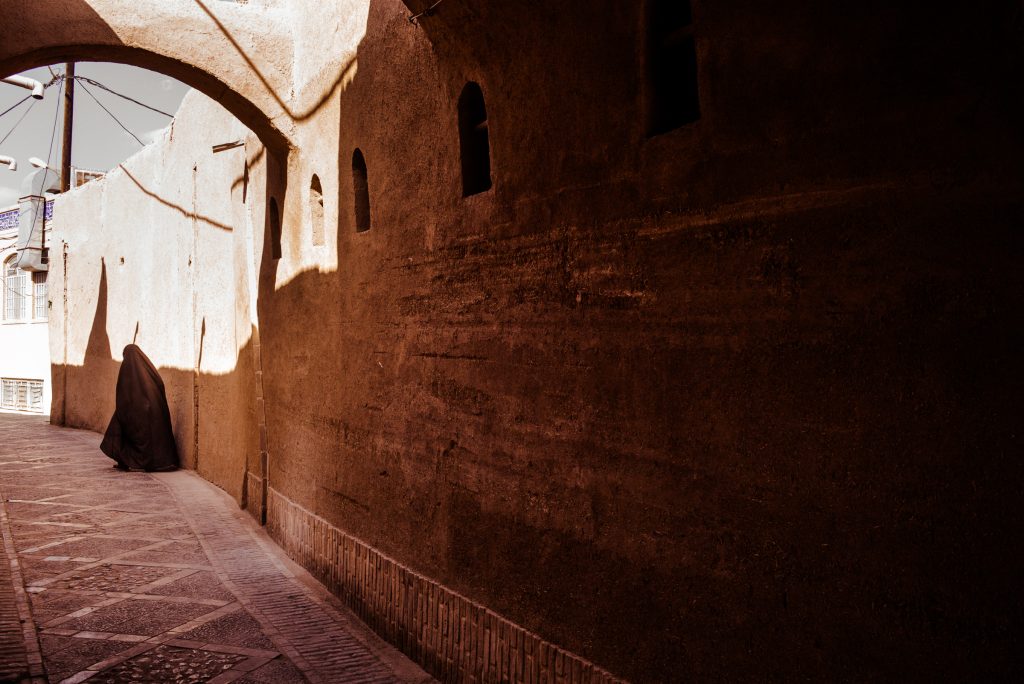
How do we imagine the aspect of the daily life in Iran?
Iran has fascinating landscape and a particular and interesting story. With his latest photogra project A lizard walked beside me in the desert, the Dutch photographer Janko Bosch offers us the opportunity to discover Iran through wonderful images full of details, objects, elements that make us reflect on Irian environment and the presence of the regime.
‘A lizard walked beside me in the desert’ by Dutch photographer Janko Bosch offers a fascinating insight into the sealed-off country Iran. When Janko Bosch visited Iran, the country was suffering under strict economic sanctions and was branded as part of the Axis of evil by arch-enemy USA. Therefore this project shows everyday urban scenes and surfaces but is just as much about the ever inescapable presence of the regime just below the visible surface of Iran.
The author
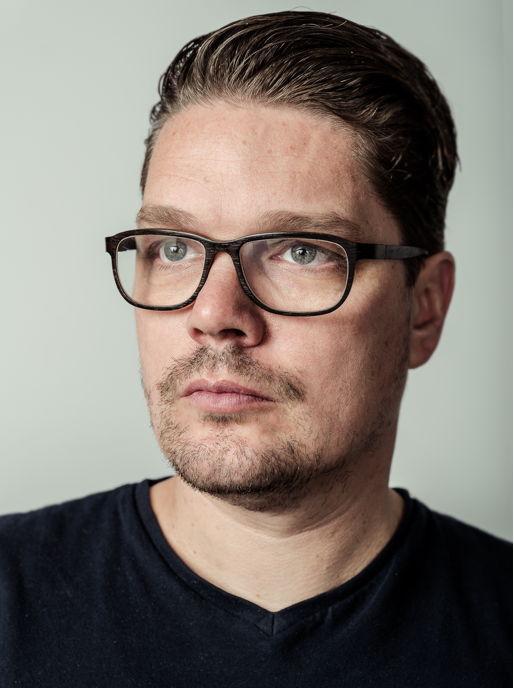
Janko Bosch (1976) is a photographer and designer from The Netherlands. He said he started drawing as a kid, photographing as a teenager and never stopped. He graduated from the Academy of arts in 2000. Other books and publications on his portfolio are: Today I found a dead bird, Daido’s backyard, Unobtrusive pictures, Kyzylkum – a desert through a window.
We reached out to speak to him about about his latest zine, his process and his passion for photography.
The project
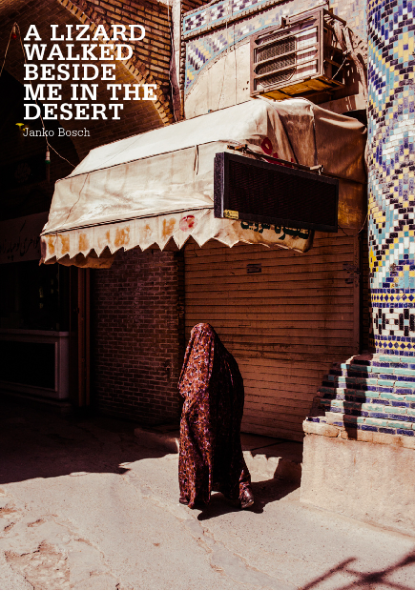
What is your book about?
My latest photo zine ‘A lizard walked beside me in the desert’ contains pictures taken during my trip to Iran this year (2019).
Who is your book aimed at?
Frankly, I don’t have a particular group of people in my mind for the book.
As I publish my zines in a small editions, I don’t need to think too hard on who the books and zines are for. Photography lovers interested in the kind of work I produce follow my work and buy the zines and books.
‘A lizard walked beside me in the desert’ is your fifth publication, which is your relation with the book and the publishing?
I’ve published zines and books all my life, when I was a teenager I published comics. Then, when I completely switched to photography I continued to make zines and books. For me there’s no separation between photography and publishing.
Could you tell us more about the title?
First of all, I have to say I prefer to add text to my zines. Often poetic texts since I feel it’s most fitted to the pictures I make. I found this poem by Mohammad Bagher Kolahi Ahari online and I thought the poem matched my feelings about the zine.
Hence, I added the poem and used the name as a title for the zine.
Looking at your work, which are the questions behind your books?
Basically what I do is street photography but rather than photographing people in the street I focus on the street itself. In my opinion in every picture you can feel the presence of humanity. Moreover, I feel you can’t force your own questions in street photography.
Naturally it’s me who decides on what to point the camera at and when I click the shutter but it’s the streets that feed me with questions. Only in the editing process it is me who selects what an interesting image is based on the body of work provided by the streets. The questions you end up with are as diverse as life itself. In that regard all the pictures I make are an ode to life itself.
Which is the connection between culture and landscape?
That’s a difficult question. It’s a rather wide topic. When it comes to photography I see quite a large gap between landscape photography and urban/street photography.
Since humanity has such a profound impact on this planet you simply cannot miss the presence of mankind. Taking landscape photographs as if the landscape is untouched by mankind is uninteresting to me. You can’t deny our presence. The only option is to include humanity in the landscape picture. I’m always drawn towards cities more than nature. For me photographing cities means photographing landscapes.
I am so curious: why did you choose to visit Iran?
First, I have a fascination for Central Asia. The Persian Empire is very much connected to this history so it made sense to visit Iran as well. Besides it’s rich history it has a very interesting modern history as well. Instead of being scared away of the regime by the view we get from the media and our governments it made me want to go and see what it was like. As good as I could as being an outsider naturally.
How did you feel during your trip?
I don’t think there’s one particular feeling during a trip. Feelings and emotions change during days and weeks. What I found most fascinating was the duality in Iran. Probably, that’s also what ended up in the photo zine.
Your work is about travel, narration and reportage all together, do you have a final purpose? Is there one approach your prefer mostly?
Honestly, I’m not sure if the work is about reportage, I’m not a documentary or reportage photography. Rather an art photographer. So I look at unobtrusive mundane scenes and objects. As I think it tells a lot about our lives, where and how we live and about life in general. Naturally by photographing somewhere you end up with pictures that reflect that region on earth. The editing process is used to further enhance the meaning or feel of the body of work.
Not to say my work is merely decorative or aesthetic, it’s not. But I’m simply not a photographer on a mission. A lot of slow documentary / reportage photography is now exhibited as art photography but it’s not. Art photography has a different purpose and has different rules, I like my work to be more poetic and makes you and me reflect on the complexity of life.
Concerning your inspirations, who are the contemporary photographers you refer to? Who from the past?
I’m beyond the stage where I refer to photographers in the sense that I try and copy them. I do find a lot of different photography interesting not just photographers who work in a similar way or area. What I find very inspiring is to see photographers do something entirely different to what I do. Also my interests change through the years. Among the photographers who I keep returning to are:
- Gus Powell
- Anton Corbijn
- Mitch Epstein
- Federico Clavarino
- William Eggleston
The process
Could you describe us your creative process?
I start my projects by defining what (mostly where) I like to shoot. It means I don’t go to these places with strong predefined ideas in mind.
Sometimes one big trip is enough for a zine. Sometimes I photograph a place multiple times over a longer period of time. Usually the zine making process starts after I made a body of work about a particular subject or place.
To qualify for a zine I feel a zine should contain about 30 strong images.
So I keep a lot of collections that keep changing over time and one day might end up in a book or zine. I do equally like both the photographing part of the process and the zine making. My process is very slow. That’s due to the selection process. It takes time for me to see which pictures are the best and what images do belong in a collection or not.
This process is not a simple check. How I feel about a certain image changes over time as well as the meaning of the collection itself often changes as well. In general I can say I do not plan a lot in advance.
Consequently, I try to absorb as much as possible when shooting and later edit the body of work.
You are also a designer and art-director, how much does design influence your shoots?
On a conscious level not so much but I think it does influence me on a subconscious level.
Design is very different from photography. In design you want things to be clear otherwise your objective fails. In photography you can leave things open or unanswered. A photographs that gives all the answers on it’s first glance often isn’t a very interesting image. Often the image improves when things a left open but I also know that composition is very important in my photographic work and I’m sure that comes from the designer in me.
Certainly, for me photography also is an antidote to design. In my photographic work I can act more as an artist, as a designer I’m more of a professional creative. Both allow me to do certain things I treasure and disallow other things which I find in the other discipline. For example I enjoy the freedom photography offers me but I also enjoy designing things in a team for large number of people to use.
Can you tell us a bit about presence of the regime just below the visible surface of Iran?
Thinking about it now I could have stated it clearer. I didn’t want to make a zine entirely about the regime but rather the country.
The regime is not the entire country but you can’t photograph the country without it either so you can look at a glance at the zine and see pictures of mundane everyday scenes. I refer to that as the surface. If you look closer you can’t miss references to the regime or the state of the country. The presence of the regime is a visible secondary layer in the zine.

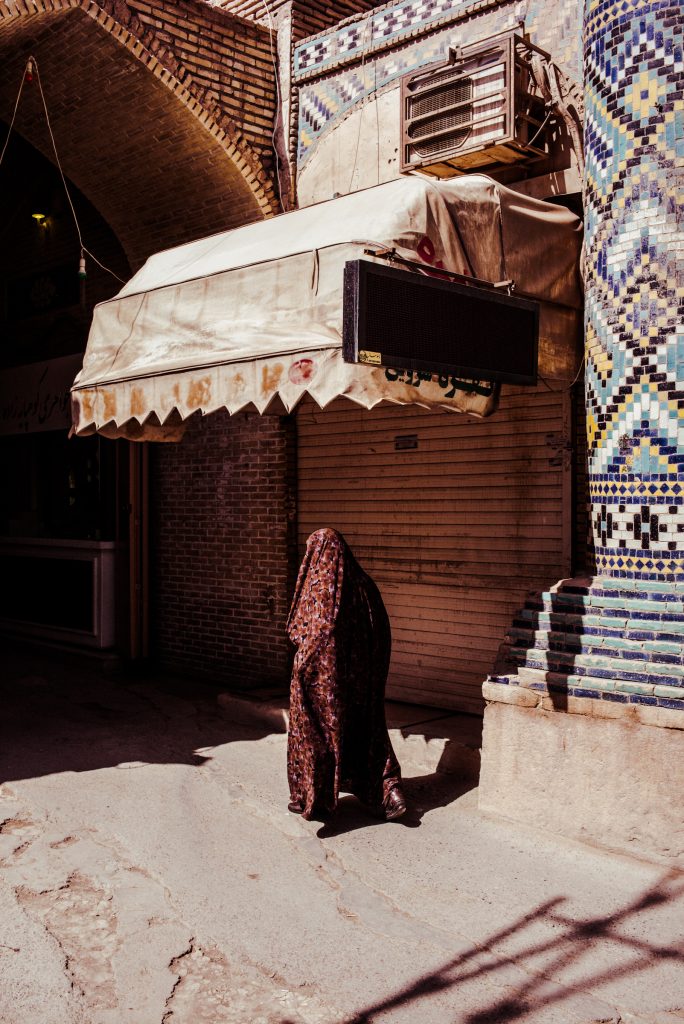
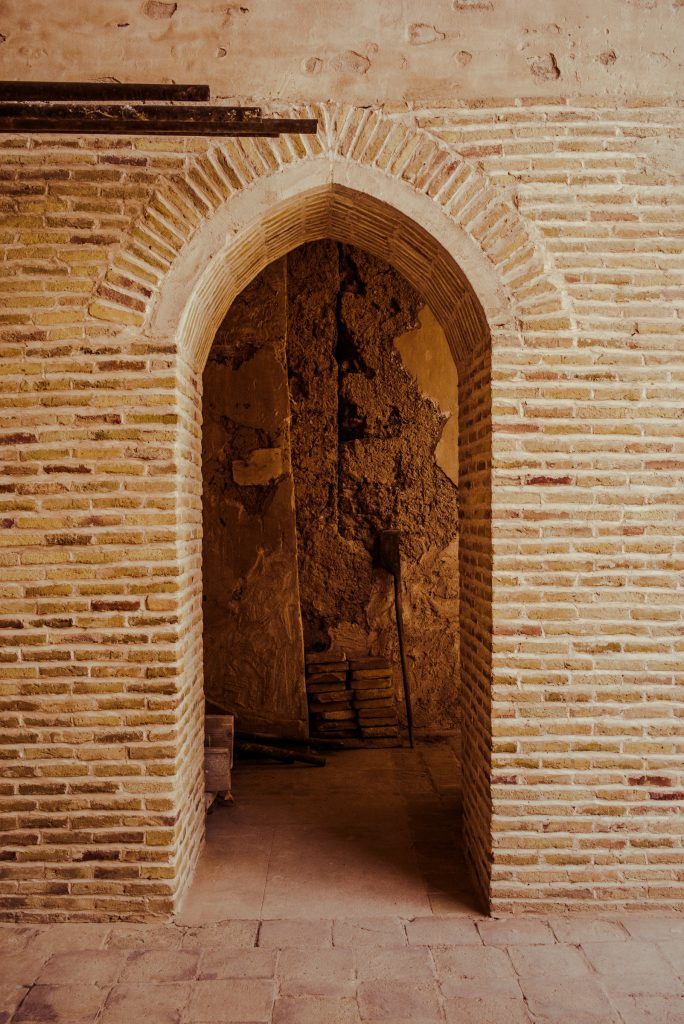
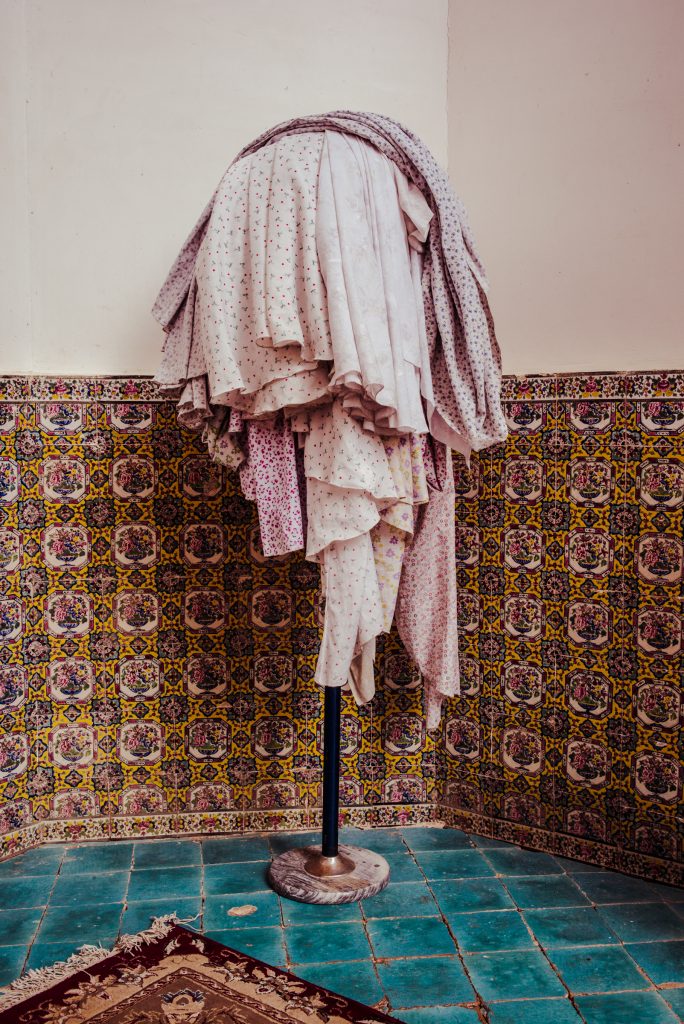
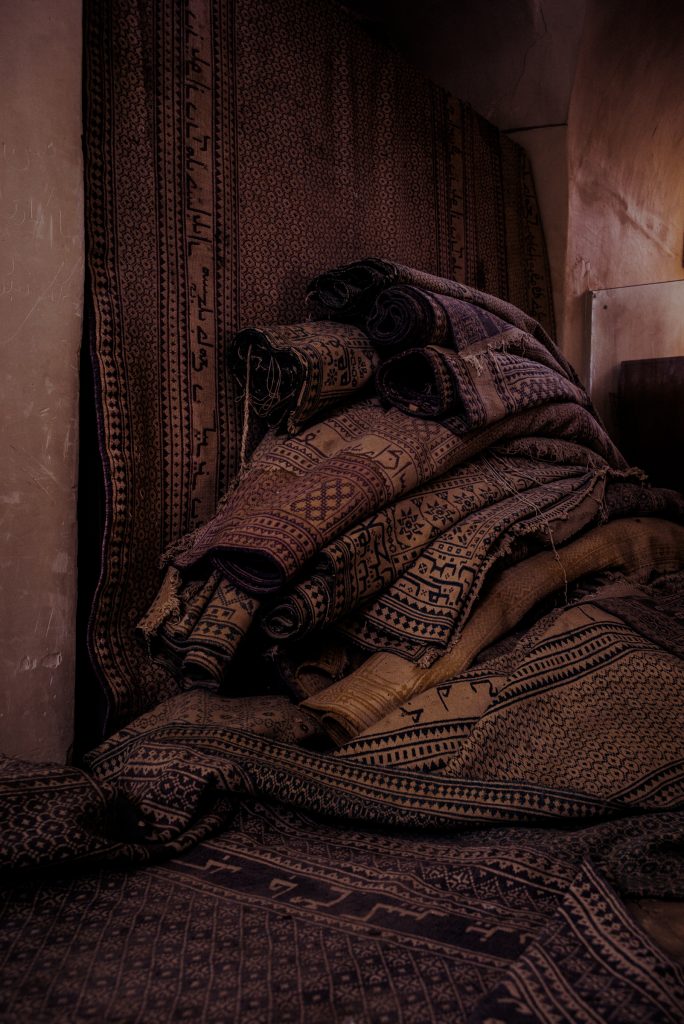
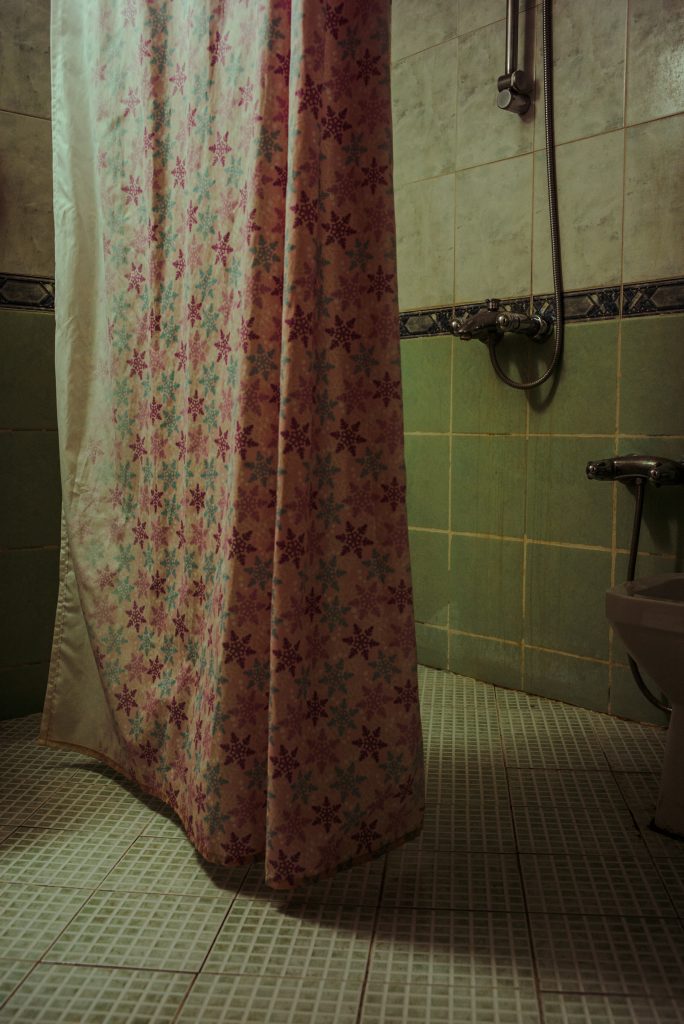
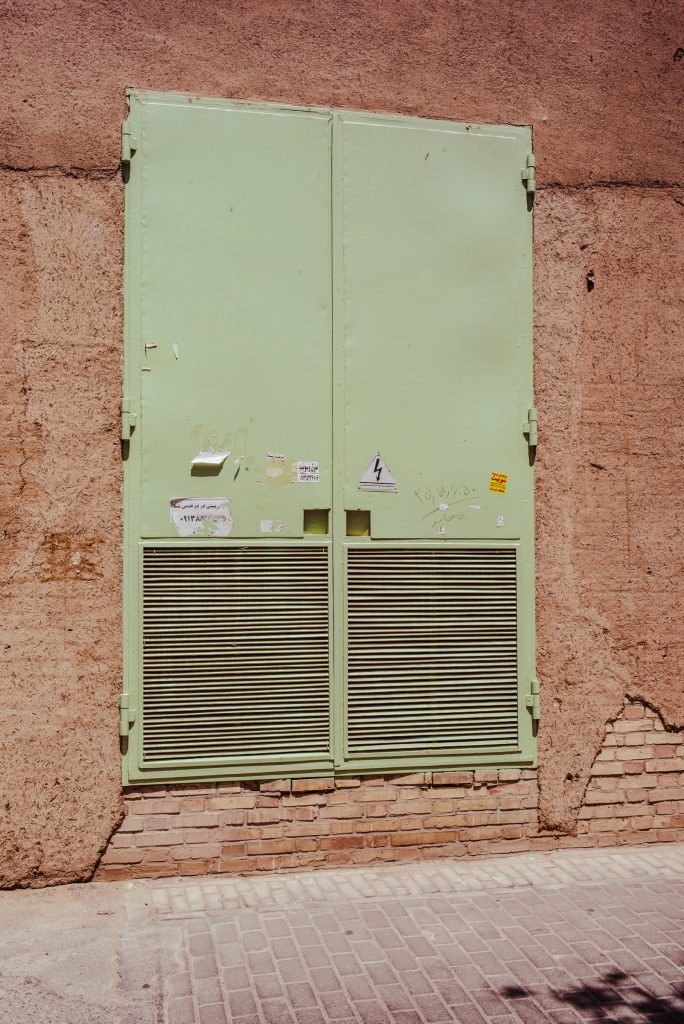
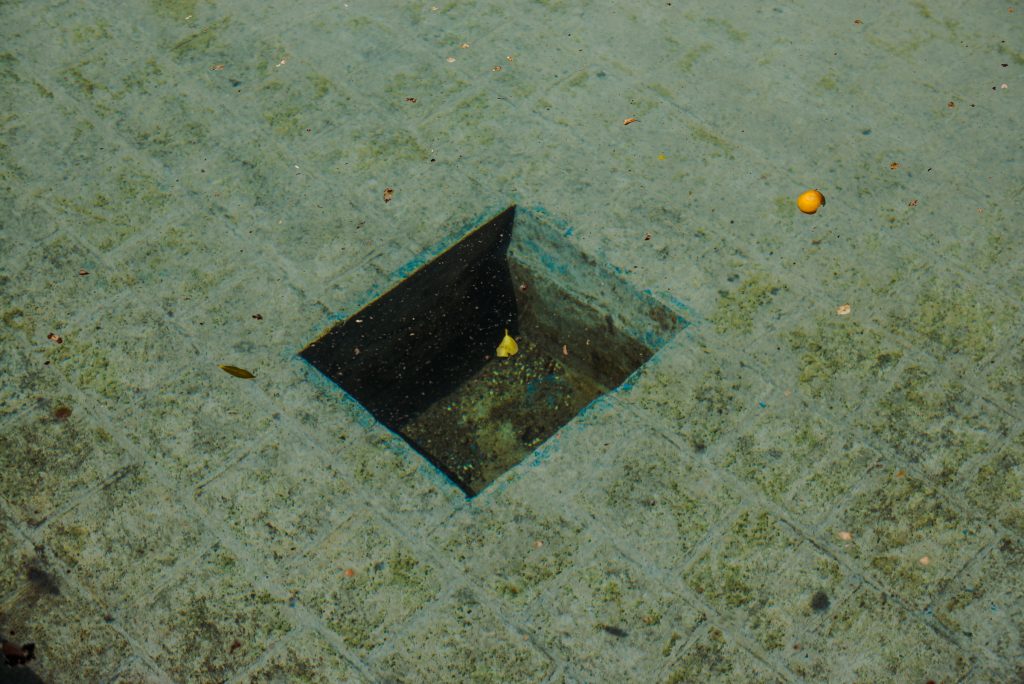
Limited softcover photozine of 50 copies
Format: 148mm x 210mm
Pages: 56
Images: 36
Price: €15.00 EUR
Order your copy of of the latest “A lizard walked beside me in the desert” photozine by Janko here
Photo credits:
© Janko Bosch, A lizard walked beside me in the desert, 2019
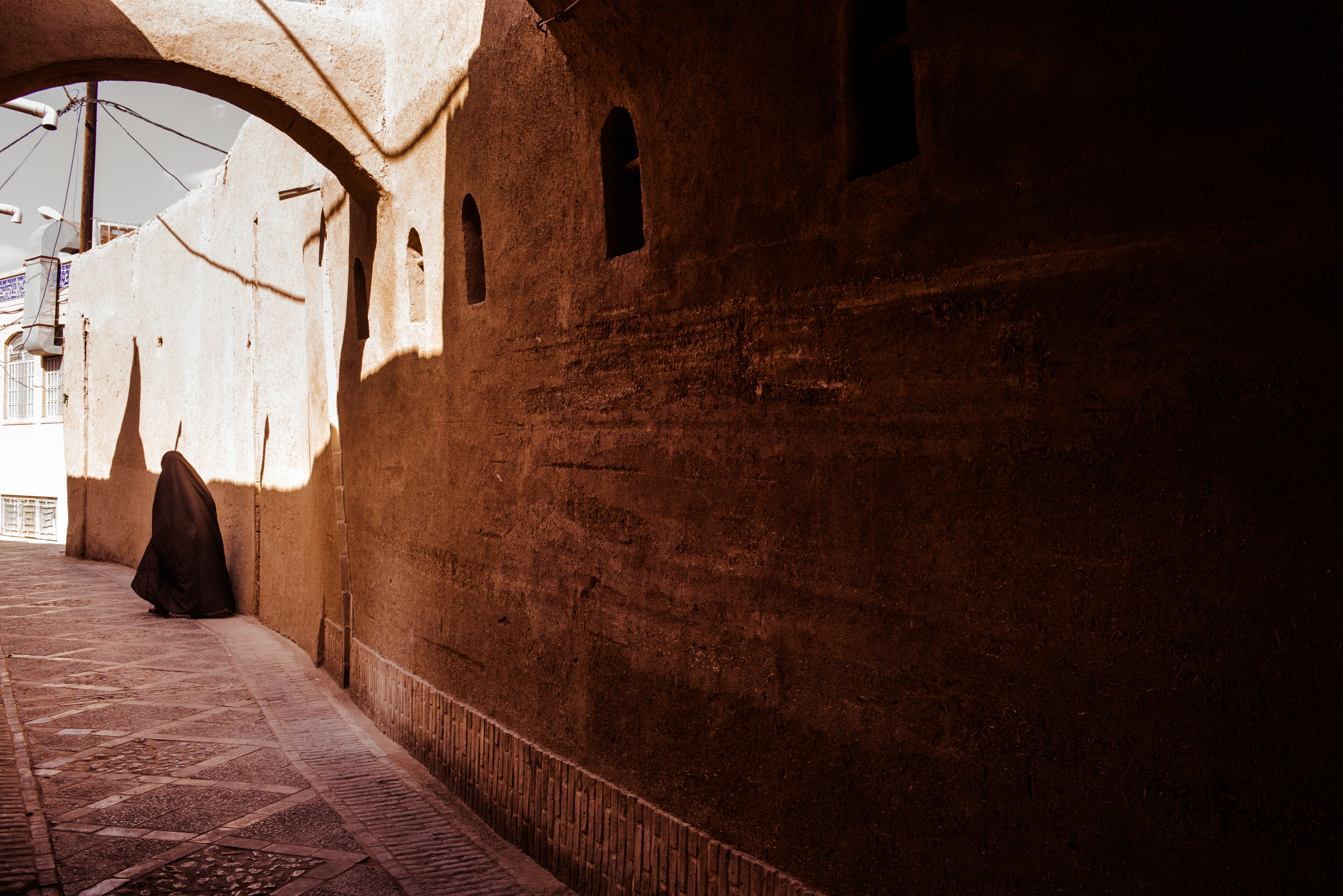
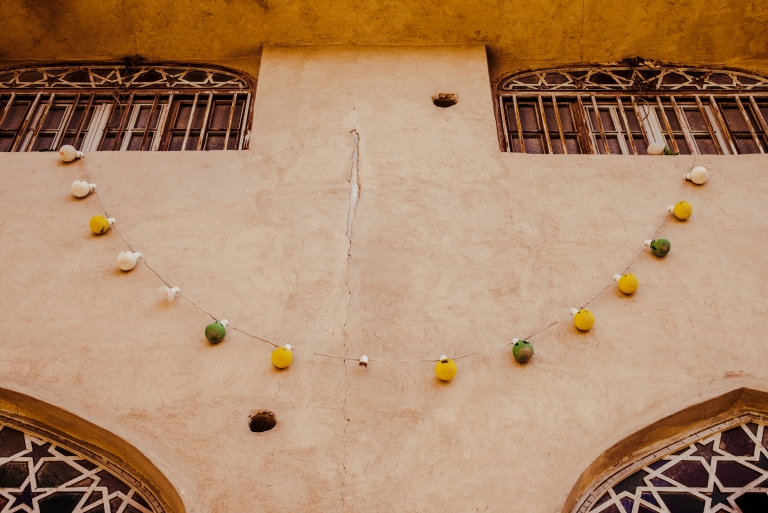
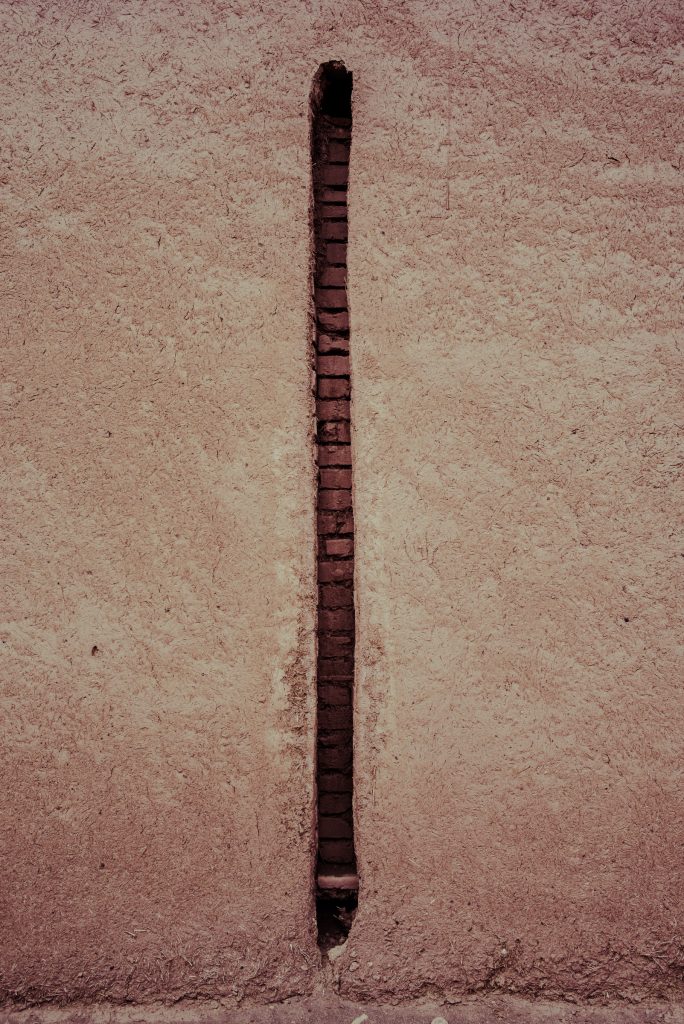

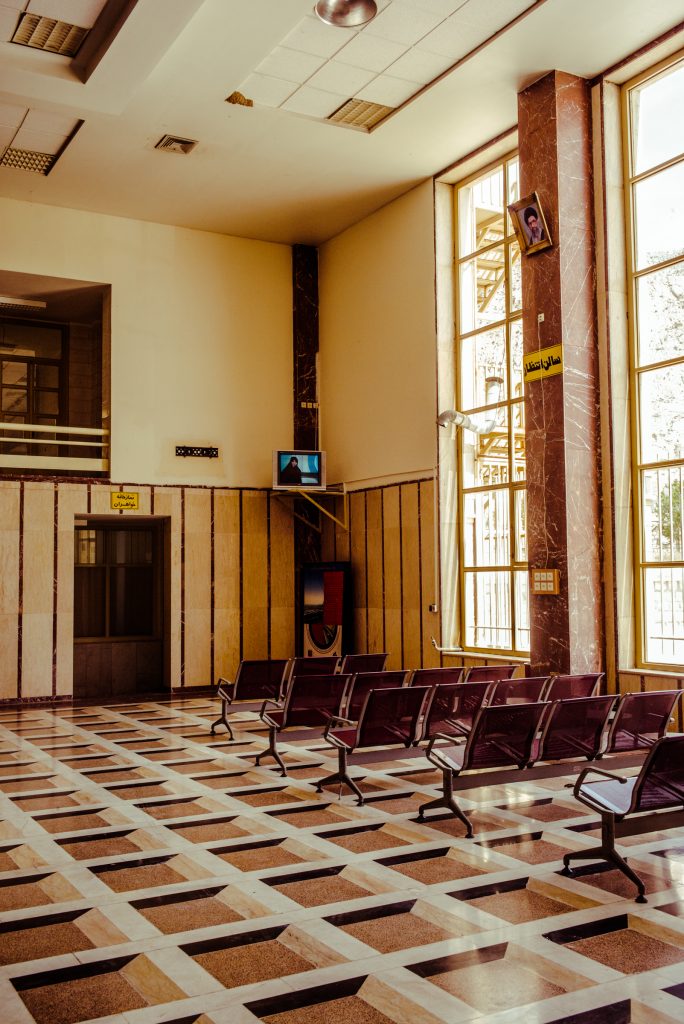
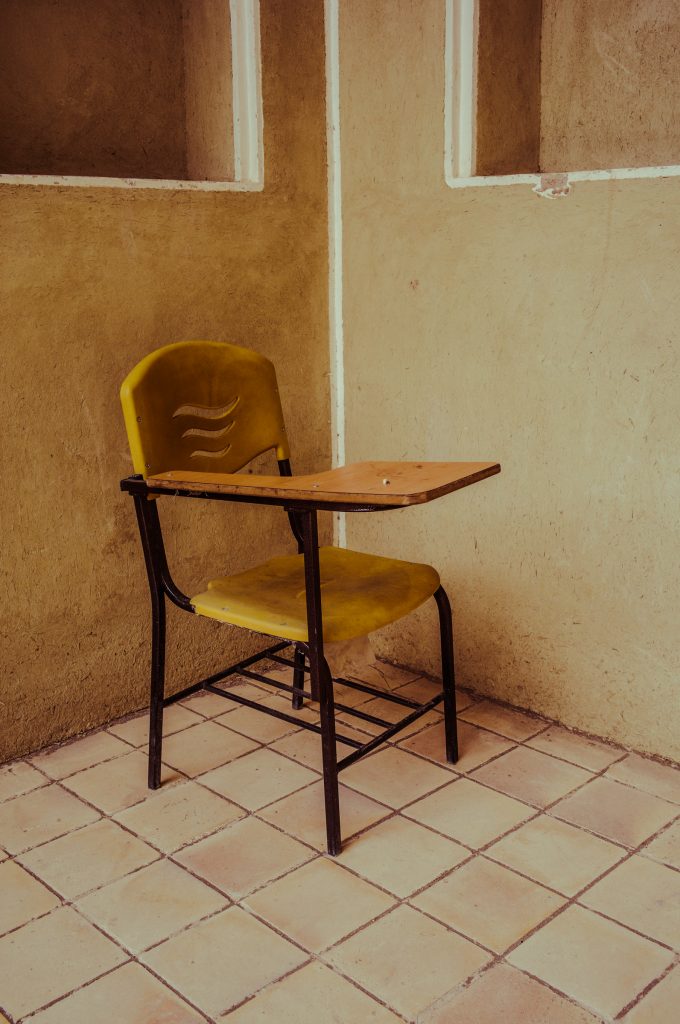
Comments are closed, but trackbacks and pingbacks are open.